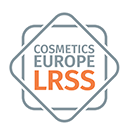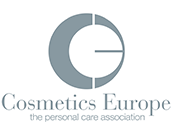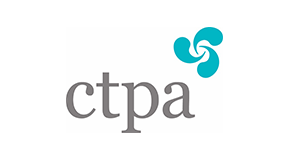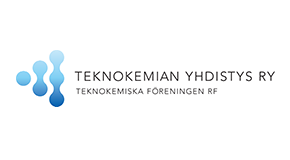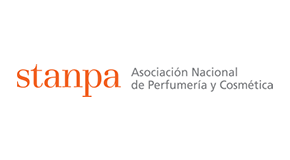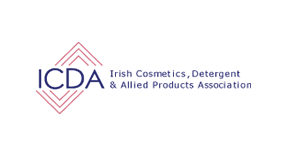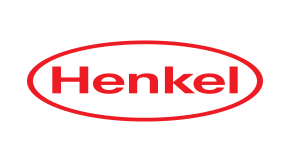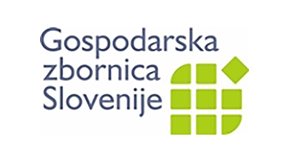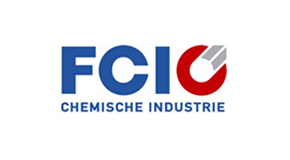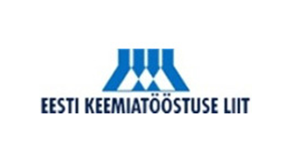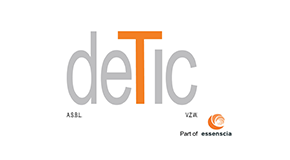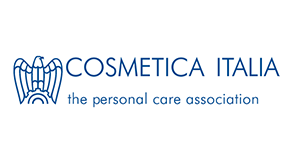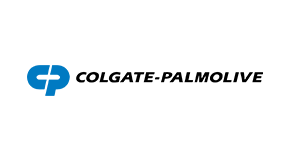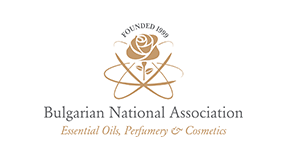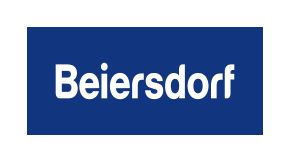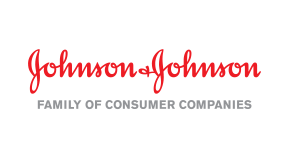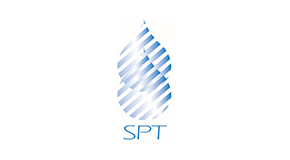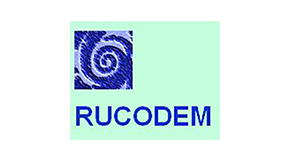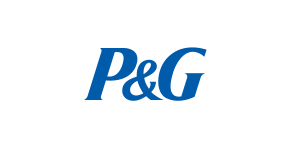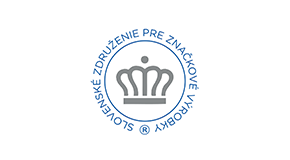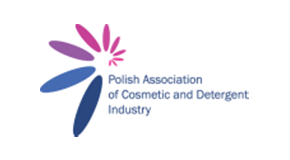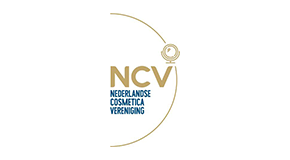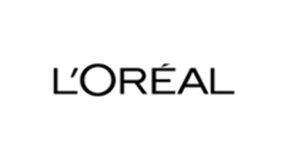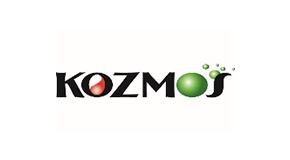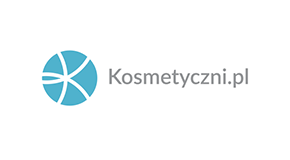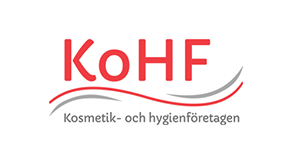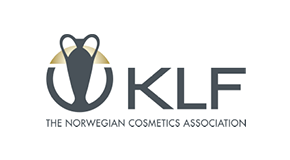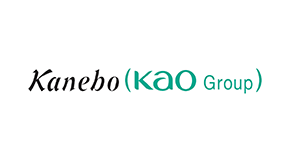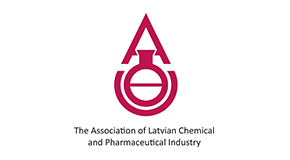- Home
- >
- Projects & Research
Projects & Research
The Long Range Science Strategy: Our Main Research and Science Programme
Our main research programme, the Long Range Science Strategy (LRSS), is supported and funded by a consortium of Cosmetics Europe (CE) Members and Associate Members (non CE). Started in 2016 and scheduled to run until 2022, it comprises a number of partners working together across the most relevant areas for evaluating the safety of cosmetic ingredients. These can be divided in local effects and systemic effects. Typical examples of local effects are eye irritation and severe eye damage, skin irritation and corrosion. Liver toxicity for instance would be an example of a systemic effect.
The emphasis of the programme is on systemic effects which relates to internal exposure i.e., when a substance reaches the blood stream in sufficient quantities to trigger an effect at cell organ level, irrespective of the route of exposure.
Toxicologists traditionally address systemic toxicity by studying two main components: kinetics often called toxicokinetics (TK) and toxicodynamics (TD). TK concerns absorption, distribution, metabolism, and elimination of a substance in the organism or cell system. TD results from the interference of the substance with the normal functioning of the organism and its toxicity effects.
Our TD and TK projects provide complementary information, and a strategic combination of their methodologies will help us build new approaches to systemic toxicity safety assessment.
The data and outcomes generated in each of these research areas have already allowed us to develop several robust safety assessment approaches based on alternative methods.
The evaluation of chemicals for safety assessment purposes requires to not only consider the potential systemic toxicity effects but also the likelihood of these effects to occur. Hazard identification is part of this process and consists in envisaging potential adverse effects in cases where physiological adaptation capacities (homeostasis) of the human organism are overwhelmed by the exposure to a chemical. The evaluation of the exposure is another part of this process and when it shows that when the chemical is, in the systemic compartment, below a certain level, then the adaptation capacities are kept and the probabilities of adverse effect are low. Hence, considering both hazard and exposure elements allows to estimate these probabilities, thus performing risk assessment, and supports the safety assessments of chemicals. The LRSS has the ambition to enable such safety assessments of cosmetic substances through non-animal new approach methodologies (NAMs), and develop these so called new generation risk assessments (NGRAs).
In order to meet this goal, the LRSS has three pillars:
- Developing non-animal methods, testing strategies, and alternative approaches
- Using these alternative approaches and implementing them in a risk assessment paradigm, to show that safety assessments are possible on a broad spectrum of effects, with a focus on systemic toxicity.
- Supporting the regulatory acceptance of these approaches and the data generated by applying them.
The LRSS intends to employ these pillars throughout several case studies. The following paragraphs explain the programme in further detail
-
In order to assess the safety of cosmetic products, our industry follows a strict scientific process as well as the regulatory requirements. Safety is generally assessed by examining the relevant toxicological endpoints of ingredients, and the likely local and/or systemic consumer exposure to the ingredient following usage. The main exposure route for cosmetic products is dermal and/ or ocular, but for some types of consumer products,
inhalation is also a considered exposure route where ‘portal of entry’ or ‘local effects’ can be seen. Exposure via all three routes can potentially trigger various distinct local effects. Therefore, we are exploring these and our work across each in the subsequent paragraphs.Skin Irritation and Corrosion:
Skin irritation and corrosion are two dermal local effects that are also reversible and non- reversible respectively. Cosmetics Europe has played a major role in developing
numerous test methods that address these effects. Beyond individual test methods, various test method combinations are now common practice, and have been published by the OECD in its guidance documents on the Integrated Approach for Testing and Assessment (IATA).
Eye Irritation and Severe Eye Damage:
The Cosmetics Europe LRSS Eye Irritation Programme focused on the development and optimisation of alternative methods and models that evaluate the potential of a chemical to induce injury to the human eye. Its work covers eye irritation and severe eye damage: effects that are reversible and non-reversible respectively. The programme has delivered a full set of alternative methods, which are now OECD-accepted test guidelines and have been translated into European test method regulations. The focus is now shifting to how methods may be combined to design optimal defined approaches, thereby improving predictions across the whole range of UN Globally Harmonized System of Classification and Labelling of Chemicals (GHS) categories. In that context, defined approaches have been developed for liquids and are currently under evaluation for regulatory use and OECD acceptance. -
Our Genotoxicity Programme aims to develop new in vitro assays which are more relevant and predictive for the dermal route of exposure than the tests available today. It focuses on developing assays that use reconstructed human skin tissues. These tissues are morphologically very similar to human skin in particular 3-dimensional (3D) models have shown high predictability of the genotoxicity of substances via the dermal route of exposure. Currently they are being used in two different methods : the Micronucleus and Comet assays. Both have the potential to be combined with the standard battery of in vitro tests to improve their predictions, especially the rates of irrelevant positives. The 3D-assays are under evaluation to substantiate and foresee their regulatory use and acceptance.
-
We are working to strengthen our understanding of how chemicals react with the skin and activate the body’s immune system to cause allergic contact dermatitis. As this affects approximately 15-20% of the human population, LRSS has a dedicated programme to develop a full set of in vitro methods that can be used to determine the ability of cosmetic ingredients to cause skin allergy. However, reaching this ambitious goal is demanding due to the complex biology behind the induction of allergic contact dermatitis.
Several in vitro methods for skin sensitization have been developed by Cosmetics Europe members or through joint projects with Cosmetics Europe. The current challenge is developing a testing strategy that would be fit- for-purpose for the prediction of sensitization hazard and potency. Such strategies can in principle be applied for any substance and therefore can be of use to other sectors and products.
To achieve the goal above we have screened, identified and evaluated 16 different in vitro test methods over the past years and in a second stage compared the performance of a subset of these methods with historical animal data (LLNA) and human data. Our next step in this work is the analysing the applicability domains of the in vitro methods by testing substances with challenging characteristics.
Our current knowledge suggests that more than one alternative method will be needed to decide if a chemical can induce skin sensitisation in human. The combination of more than one method is called a defined approach or testing strategy. Many approaching combining different in vitro methods for skin sensitisation have been published in the recent years and we have used our data set to challenge the defined approaches for their capability to predict skin sensitisation. The evaluation showed that several non-animal testing strategies incorporating in vitro, in chemico, and in silico inputs demonstrated equivalent or superior performance to the animal assay when compared to both animal and human data.To complete the array of methods and approaches we will be exploring further the options for the use of T cell assays in a case study scenario and we will work on a research project where the main objective is to investigate the possibility of developing a quantitative chemical reactivity mapping of skin sensitizers in a living human epidermis model.
-
Our work in the field of toxicokinetics aims to improve our understanding of how substances behave when applied to the skin and potentially enter into the systemic circulation. Specifically, our research addresses a multitude of toxicokinetic parameters to estimate internal dosage in relation to external exposure. This requires data on consumer exposure and the use of in silico and physiologically based pharmacokinetic (PBPK) models to help predict the systemic concentration of the chemical in relation to dermal exposure. The generation of in vitro administration, distribution, metabolism and excretion (ADME) data to support in silico and PBPK models may also be needed at this stage. Our work will be split into several projects:
- Using a multi-organ chip, we will investigate the skin and liver-specific metabolism of chemicals after single and repeated dermal and systemic exposure.
- To assess topical exposure, we will determine how a chemical penetrates the skin and is then transformed by the skin by using measured skin bioavailability parameters and in silico tools.
- We will develop a toolbox of assays to measure in vitro ADME parameters that will help us to predict systemic exposure.
- We will develop an internal threshold of toxicological concern (TTC) using the TTC concept and the prediction of internal exposure.
- We will use a PBPK modelling specifically adapted for exposure to cosmetics, integrating ADME parameters and applying as proof of concept through case studies.
- We will use quantitative in vitro – in vivo extrapolation and in vitro kinetics to predict relevant concentrations of chemicals.
-
Our toxicodynamics (TD) project focuses on the toxicological mechanisms that may be triggered by exposure to a chemical, aiming to better understand the molecular and cellular effects that cause adverse effects at the level of organs. The main components of the project are:
- A chemo-informatics platform in which we will collate toxicity data in relation to chemical features, identify in silico tools for analogue identification, property estimation and metabolite prediction, and utilise mechanistic information and knowledge from Adverse Outcome Pathways with chemotypes
- A repeated dose toxicity–mode of action ontology to develop a structured system that links chemical features, modes of action, and repeated dose toxicity effects with considerations on internal exposure
- A toolbox of toxicodynamic assays will be built. The selected TD assays will be driven by case study needs and will be evaluated in light of their reliability and relevance.
The toxicodynamics projects are complementary to the toxicokinetics ones, and we designed them to allow their matching and enable the assessment of systemic toxicity.
-
Our research includes a series of case studies on systemic toxicity evaluation. These case studies are applied safety assessments of certain chemicals, based on non-animal new approach methodologies (NAMs) and show performance of new generation risk assessments (NGRA). They aim to practically implement, test and refine our scientific workflow. For instance, in systemic toxicity, this workflow uses the approaches that we develop in the toxicodynamic and toxicokinetic projects, and strategically combines them. This workflow allows concluding on the safety of a chemical by using a set of NAMs which are based on the level of exposure to a certain chemical and on the data availability for the chemical which we want to evaluate and its analogues. These approaches are the thresholds of toxicological concerns (TTC), internal TTC, chemical and biological read across, and ab initio approaches. When NAMs data are not available, for the chemicals of interest, we generate them e.g., skin penetration, or transcriptomics data. Our case studies series aims at benefiting to the whole safety assessment community and as such is opened to partnerships, including regulatory advisory bodies.
-
Inhalation
The Cosmetics Europe LRSS Inhalation Programme aims to develop industry best practice and enhance confidence in the application of NAMs for assessment of inhalation exposure and toxicity safety. Its work has included interaction with regulators with regards to the inhalation TTC approach. While inhalation TTC has been acknowledged by regulators, it does not have their full support yet. The industry is therefore working to improve the methods. An online workshop was organised in 2020 to discuss the current state of the science and evaluate the robustness of a proposed revised approach. The workshop findings will be published to accelerate regulatory and broader scientific acceptance of the approach. The long-term goal is to develop an improved inhalation TTC approach. To increase the robustness and regulatory acceptance of the available in silico models used for the determination of inhalation exposure assessments, this programme aims to harmonise and justify the parameters used in these simple computational/mathematical exposure models. These in silico tools are an important part of the exposure-led NGRA approach for cosmetic products with unintentional exposure via the inhaled route.
Exposure
The Cosmetics Europe LRSS Exposure Programme focuses on for realistic estimates of consumer exposure. In particular, the Aggregate Exposure project aims to provide useful data to regulatory bodies for ingredients evaluation and assessment, including aggregate exposure. The programme also includes work to generate exposure data in relation to infants aged 0-3 years. A web application is being developed for a Probabilistic Aggregate Consumer Exposure Model. This will provide industry and stakeholders with a free and user friendly exposure model tool.
Environment
The Cosmetics Europe LRSS environmental research projects focus on updating SPERC documentations for cosmetic products and marine exposure modelling. SPERCs provide more realistic and refined emission scenarios for REACH registration risk assessments (compared to default emission scenarios). It includes release factors for chemicals and efficiencies of risk management measures/operation conditions in reducing chemicals emissions. The marine exposure modelling project focuses on developing a framework to assess the environmental exposure of ultraviolet filters in freshwater and marine systems. Both environmental projects are closely integrated into the regulatory acceptance objectives of the Cosmetics Europe LRSS programme.
CONTACT

Avenue Herrmann Debroux 40
B-1160 Brussels Belgium
LRSSinfo@cosmeticseurope.eu
Tel: +32 2 227 66 10
Fax: +32 2 227 66 27
